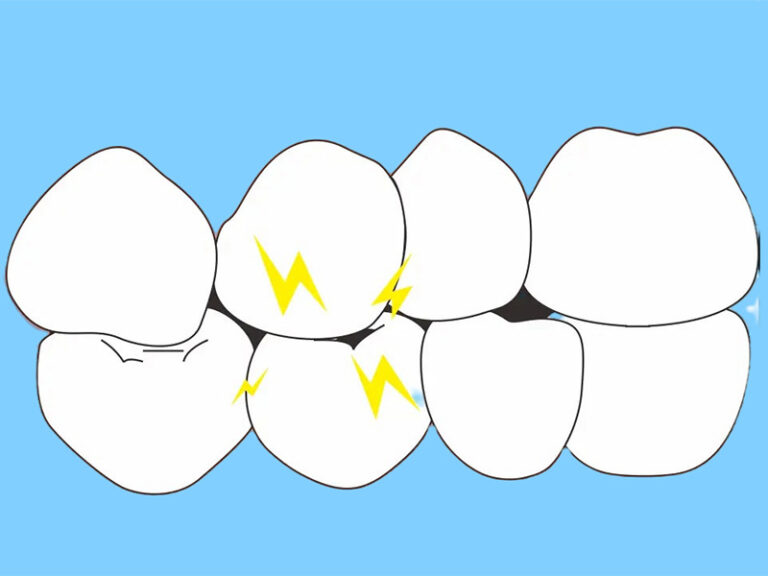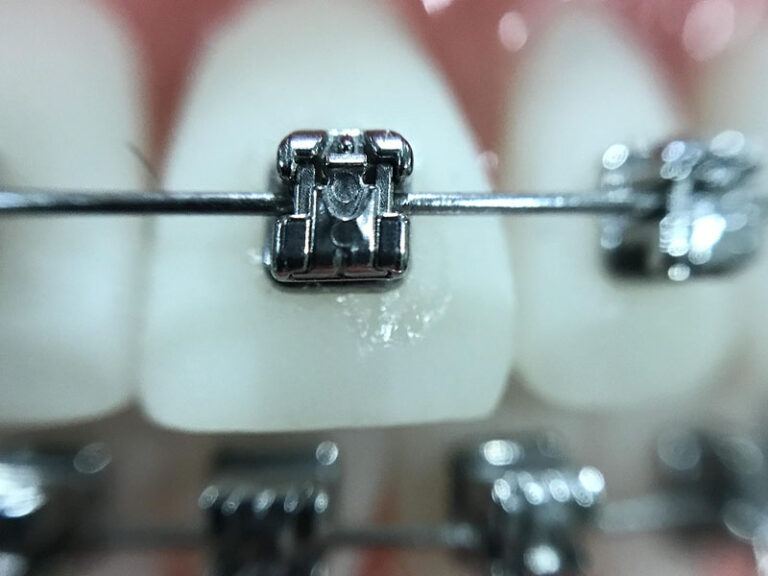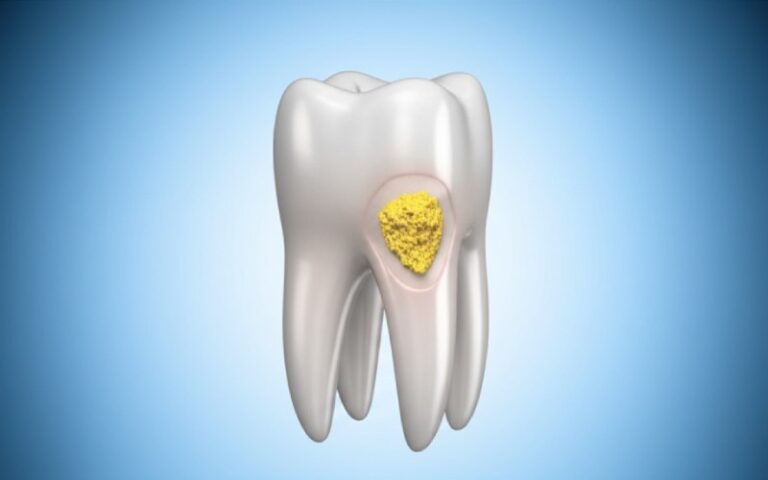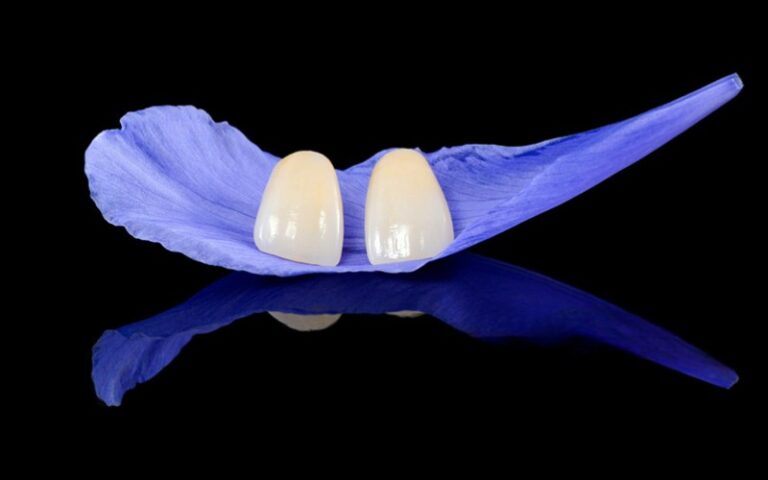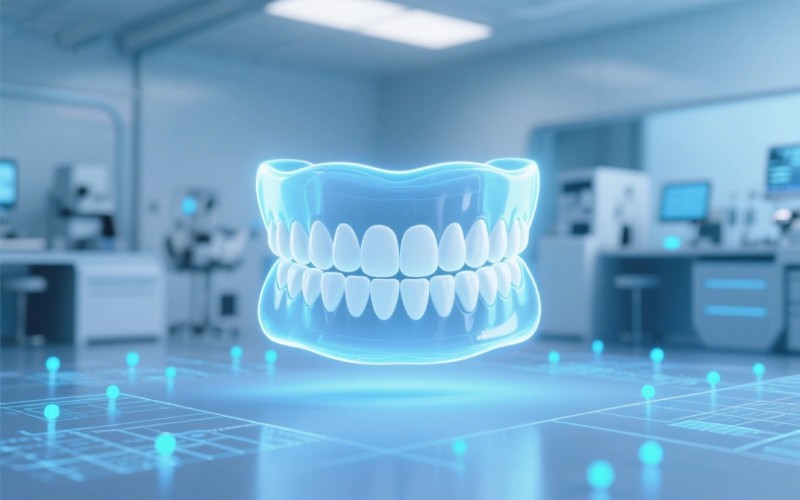
The Future is Here: How Digital Tools are Changing Full-Arch Implant Restorations
Few things have changed how dentists work as much as digital tools. This is very true for full-arch implant restorations. If you are missing all your teeth in your top or bottom jaw, this article is for you. I will show you how using digital tools for this detailed process leads to better results. It also makes the process more comfortable for you and gives you a smile to be proud of. We will look at how these tools help us plan your treatment with amazing accuracy, create your new teeth, and make sure they fit perfectly.
Table of Contents
What is a Full-Arch Implant Restoration and Why Use Digital Tools?
A full-arch implant restoration is a way to replace all the teeth in your upper or lower jaw. You get a set of new teeth that stay in your mouth. They are held in place by dental implants. You can think of it as a new set of teeth that look, feel, and work like real ones. For a long time, this was done using older ways. Those ways worked but had some problems. Now, digital tools have changed every part of the process, from the first plan to putting in your new teeth.
The move to using digital tools in implant dentistry is not just about being modern. It’s about giving you better care. Digital ways offer amazing exactness that was not possible with older methods. We can now use 3D pictures and computer-aided design (CAD) and manufacturing (CAM). These tools help us make a clear picture of your mouth. We can design your new smile with perfect accuracy. This digital method gives results you can count on. It’s a more comfortable time for you as the patient. The final teeth are both nice to look at and will last a long time.
How Do Digital Tools Make the Treatment Plan Better?
A good full-arch restoration begins with a very careful plan. In the past, this meant using messy molds and a lot of guessing. Now, with digital tools, we can make a complete and exact treatment plan. We can do this before we even start the real work. It starts with a CBCT (Cone Beam Computed Tomography) scan. This gives us a 3D picture of your jawbone. This lets us see the exact amount and health of your bone. This is very important for placing the dental implant.
This clear 3D view lets us place the dental implants on a computer model of your mouth. This planning on the computer helps us pick the best implant position. This helps make sure it will last a long time and helps us stay away from any problems. We can also design your final implant prostheses on the computer. This makes sure they will look real and work right with your bite. This level of planning removes the guessing. It leads to a result you can count on.
What is the Digital Process for a Full Arch of Dental Implants?
The digital process for a full arch of dental implants is a smooth and fast process. It usually has these steps:
- Getting Information: We start by gathering all the information we need with digital tools. This includes a CBCT scan for a 3D view of your jaw. We also use digital impressions taken with an intraoral scanner. These scanners are small camera wands. They make a very exact 3D model of your teeth and gums. This means you don’t need the gooey, uncomfortable old trays.
- Planning on the Computer: All this digital information is put into special software. Here we can plan your whole treatment. We can place the dental implants in the best spot on the computer. We can design your new teeth. We can even show you how it will look in the end.
- Guided Surgery: Based on the digital plan, we can make a surgical guide. This is a special guide made just for you. It fits over your gums. It shows exactly where to put the dental implants. This makes the surgery to place the implant quicker, gentler, and more exact.
- Making the New Teeth: Your final implant prostheses, the part that looks like teeth, are also made using digital tools. The design is sent to a milling machine or a 3D printer. This machine makes your new teeth from strong materials like zirconia.
This digital workflow makes sure that every step of the process is linked and exact. This leads to a smooth process and great results.

Can Digital Tools Really Give Better Results?
Yes, studies show that using digital tools for full-arch implant restorations leads to better results. Studies have found that digital ways can have success rates as high as 98.2%. This success is mostly because of the amazing exactness of digital planning and guided surgery.
One of the most important things for a dental implant to last a long time is how steady it is at the start. The exact implant placement we get with digital guides allows for the best connection with the jawbone. Also, digital impressions are more correct than old ones. This means the final teeth fit better and are more comfortable. This better fit also means fewer changes are needed, which saves you time at the dentist. While one study showed a little more bone loss in a digital group after five years, both digital and older ways showed high implant survival rates.
Is the Idea Behind the Treatment Different with a Digital Process?
The main idea of the treatment, which is to replace a full arch of teeth with dental implants, is the same. But, the digital process has made the way we do it better. For example, the well-known “All-on-4” treatment concept is when a full arch is held by only four dental implants. This becomes even more certain with digital planning.
A fully digital workflow allows for a smoother and faster process. It often makes the total treatment time shorter. Sometimes, it is possible to go from bad teeth to a nice, fixed set of new teeth in just one day. This is because the digital planning allows the surgery and the making of the new teeth to be planned together perfectly. Being able to have a temporary set of teeth ready on the day of surgery makes things much better for the patient.
What Are the Main Steps in the Digital Treatment Plan?
The digital treatment plan for a full-arch restoration is a complete process. It is made to be sure you get a result you can count on. Here are the main steps:
| Step | Description |
|---|---|
| 1. First Steps | This starts with digital intraoral scans of your top and bottom teeth and a scan of your bite. We also take a CBCT scan and digital photos. |
| 2. Smile Design | Using special software, the dental team designs your best smile. They look at your face and what you like. This step decides the best tooth position and how your top and bottom teeth meet. |
| 3. Planning the Surgery | The team then decides the best place for the dental implants to hold the new teeth. They look at the bone you have. If needed, a bone reduction guide is designed. |
| 4. Making the Guide | 3D-printed surgical guides are made to be sure the implants are placed in the exact right spot during surgery. |
| 5. Temporary Teeth | A temporary set of teeth is designed. It is often 3D-printed. It is ready to be placed right after the implant surgery. |
This careful planning, all done on a computer, lets the dental team see and fix the final result before the real surgery even starts.
How Do Digital and Old Ways of Working Compare for a Full Arch?
Older, non-digital ways have been used well for many years. But digital ways offer big benefits. A study looking back at past cases found that both ways have high implant survival rates. But the digital way greatly cuts down on the time it takes.
Here is a comparison:
- Molds: Old molds use a gummy stuff that can feel bad for patients. Digital impressions use a small scanner and are much more comfortable and quicker.
- Accuracy: Digital impressions and planning lead to a higher level of correctness. This means the new teeth fit better and need fewer changes.
- Time: The whole digital process is faster. It often means fewer visits and less total treatment time.
- Patient Comfort: Patients usually like the digital process more. This is because they don’t have to use the uncomfortable mold stuff and have shorter visits.
It’s good to know that some dentists use a mix of new and old ways. They combine the best parts of both to get the best results.
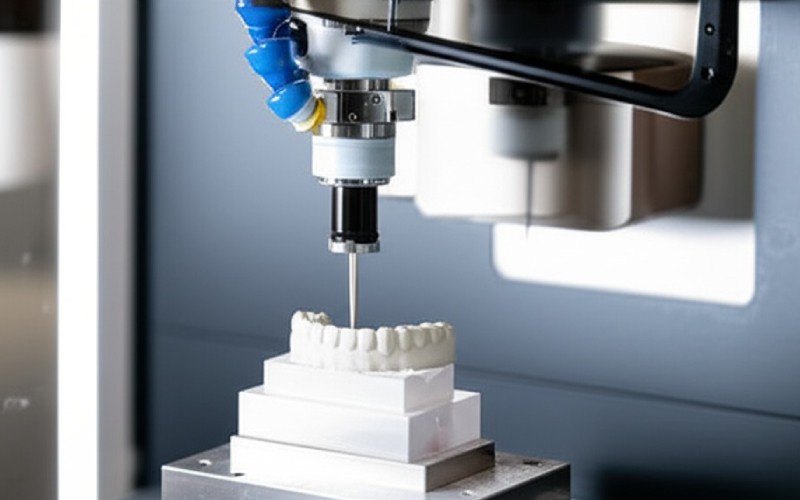
What About Hard Cases That Need Zygomatic Implants?
For patients with a lot of bone loss in the upper jaw, normal dental implants might not work without a lot of bone-adding surgery. In these cases, zygomatic implants can be an answer. These implants are longer and connect to the cheekbone (zygoma). Digital tools have been a big help for these harder cases.
Using a digital process, we can plan exactly where to put zygomatic implants. This helps us stay away from difficult surgery and lowers risks. The Straumann® Zygomatic Implant System, for example, is a choice you can trust for quick fixed new teeth in patients with a lot of bone loss. A digital method lets us make new teeth just for you. They are held by a mix of normal and zygomatic implants. This planned and careful method makes it safer and gives better results.
How Do These Tools Affect How Happy Patients Are and Their Quality of Life?
In the end, the goal of any dental work is to make a patient’s quality of life better. Digital tools for full-arch implant restorations have a big effect on how happy patients are. The process is more comfortable. You spend less time in the dentist’s chair. Knowing what to expect from the digital process means patients can feel sure about the final result.
Getting a new, fixed set of teeth can be a life-changing experience. It brings back the ability to eat, talk, and smile with confidence. Patients who have had this done often say they have a big boost in how good they feel about themselves. The exactness of the digital process makes sure that the final zirconia prostheses not only look nice but also work well with the rest of the mouth. This helps you keep your mouth clean and healthy for a long time.
What’s Next for Full-Arch Implant Dentistry?
The world of implant dentistry is always changing. Digital tools will keep being a big part of how it gets better. We can expect to see even better scanning tools, more correct planning software, and new materials for the teeth. Using smart computers (AI) is also coming soon. This could make checking and planning even better.
These new things will keep making full-arch implant restorations easier to get, more certain, and more successful. The digital process is not just for the future; it is here now. It is changing the lives of patients by giving them nice, working, and long-lasting smiles.
Key Things to Remember:
- Digital tools have changed full-arch implant restorations, making them more exact and certain.
- Digital ways, like CBCT scans and intraoral scanners, allow for a complete and correct treatment plan.
- Guided surgery, based on a digital plan, leads to more correct implant placement and better results.
- Digital tools often shorten treatment time and make patients more comfortable than old ways.
- Even hard cases that need zygomatic implants are made safer and more certain with a digital method.
- The best benefit is a big improvement in how happy patients are and their quality of life.

